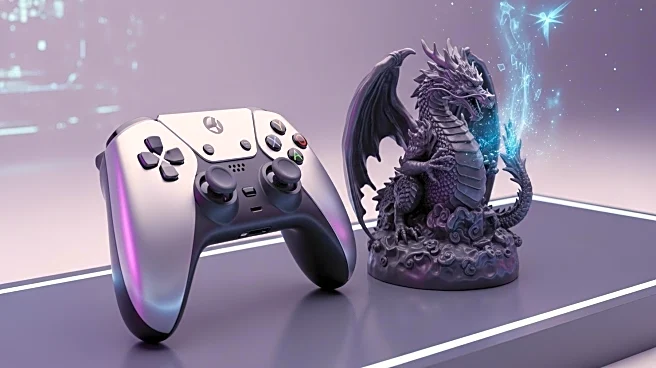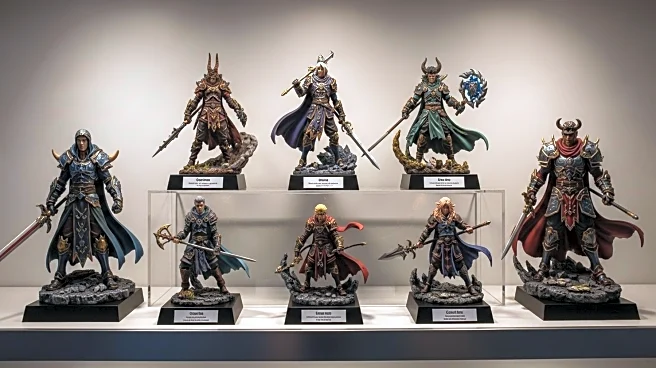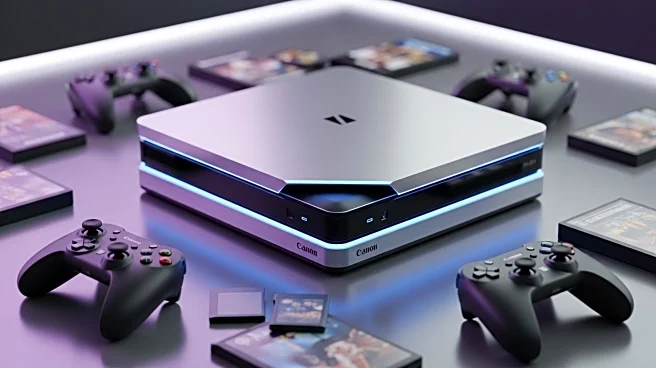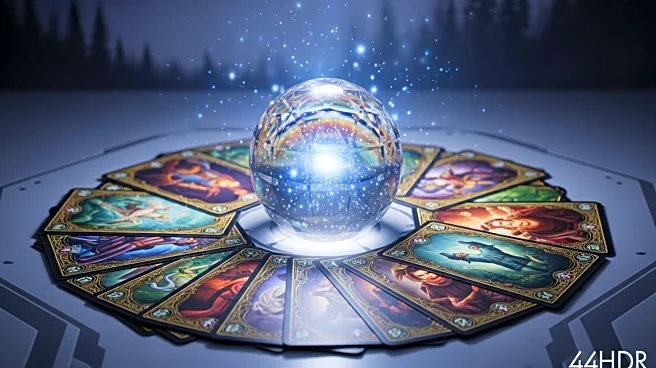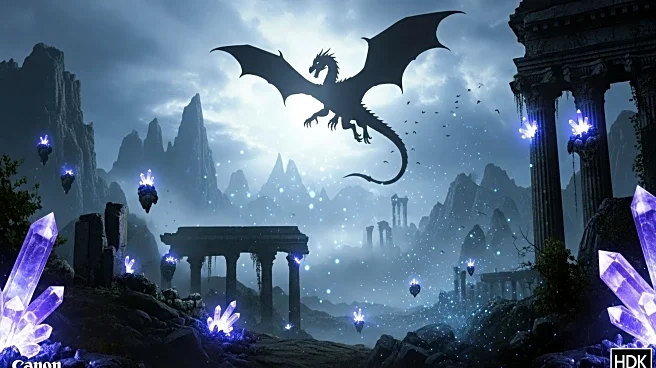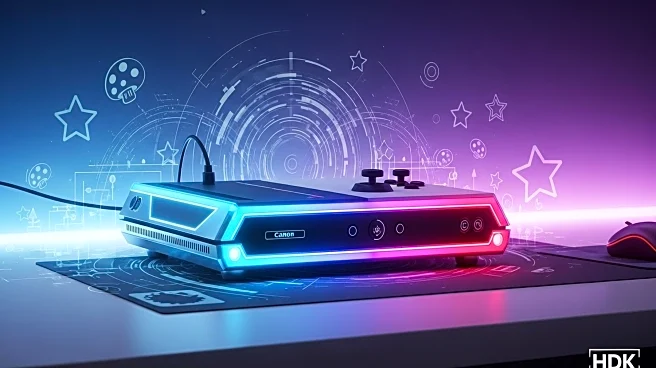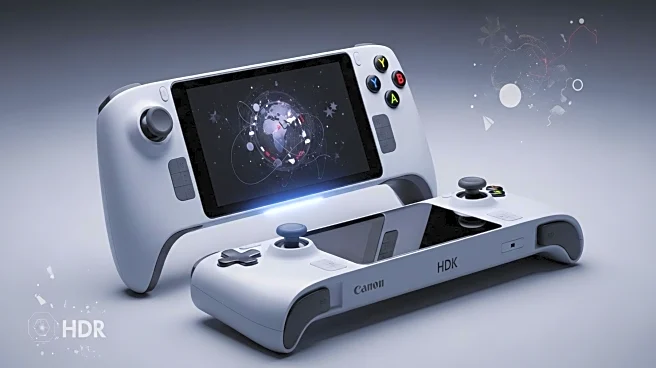What's Happening?
The announcement of Dragon Quest VII Reimagined during a recent Nintendo Direct has captured the attention of fans, particularly due to its unique art style. The remake employs a 'hand-crafted' aesthetic, reminiscent of toy-like visuals and diorama-style worlds seen in games like Yoshi's Woolly World and The Legend of Zelda: Link's Awakening remake. This approach contrasts with the HD-2D pixel art trend and hyper-realistic graphics of other Square Enix titles. The remake's producer revealed that the new look was achieved by scanning real-life figurines to create in-game models, grounding the art style while maintaining the whimsical essence of Akira Toriyama's original designs. Scheduled for release on multiple platforms in February 2026, Dragon Quest VII Reimagined promises enhancements such as a streamlined story, redesigned UI, and new gameplay mechanics.
Why It's Important?
The innovative art style of Dragon Quest VII Reimagined offers a fresh perspective on how classic JRPGs can be revitalized, potentially influencing future remakes of beloved titles like Chrono Trigger. By blending traditional design elements with modern technology, the remake sets a precedent for how developers can approach the restoration of older games, balancing nostalgia with contemporary aesthetics. This could lead to a broader trend in the gaming industry, where other classic games receive similar treatment, appealing to both long-time fans and new audiences. The success of this remake could encourage developers to explore creative methods for preserving the legacy of iconic games while adapting them for modern platforms.
What's Next?
As Dragon Quest VII Reimagined approaches its release, anticipation builds for its impact on the gaming community and potential influence on future remakes. If successful, the remake could inspire developers to apply similar techniques to other classic games, potentially leading to a resurgence of interest in retro titles. Fans may advocate for remakes of other beloved games, such as Chrono Trigger, using the 'diorama style' to enhance their visual appeal. The reception of Dragon Quest VII Reimagined will likely shape Square Enix's strategy for reviving its back catalog, possibly prompting collaborations with other publishers to explore new artistic directions.
Beyond the Headlines
The remake's approach to art style highlights the evolving relationship between technology and creativity in game development. By utilizing real-world objects to inform digital design, developers bridge the gap between physical and virtual worlds, offering players a unique visual experience. This method reflects broader trends in digital art, where traditional techniques are integrated with technological advancements to create immersive environments. The success of such endeavors could influence artistic practices beyond gaming, encouraging experimentation with mixed media and innovative design processes in various creative fields.

